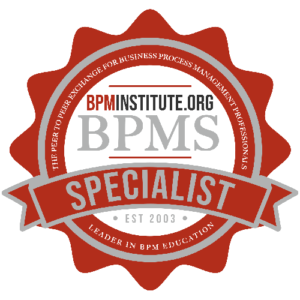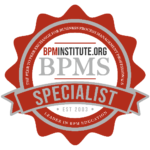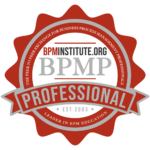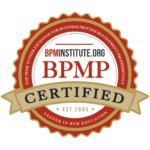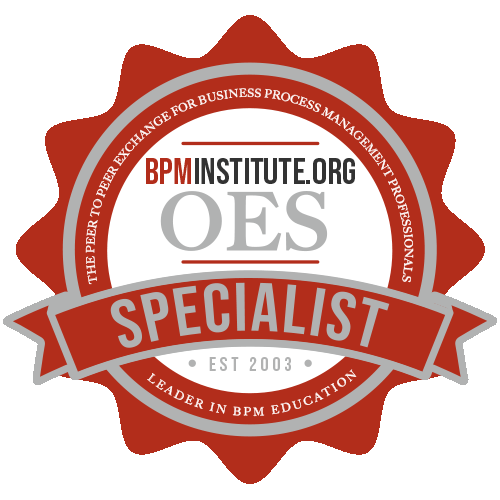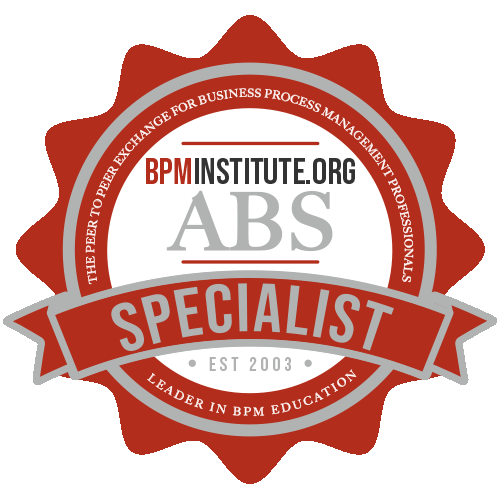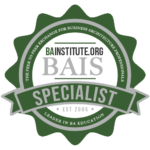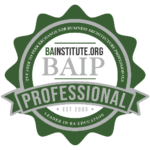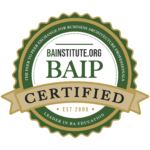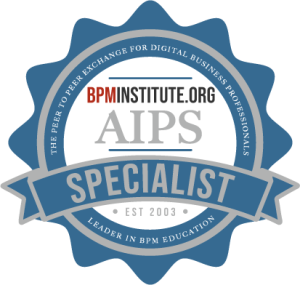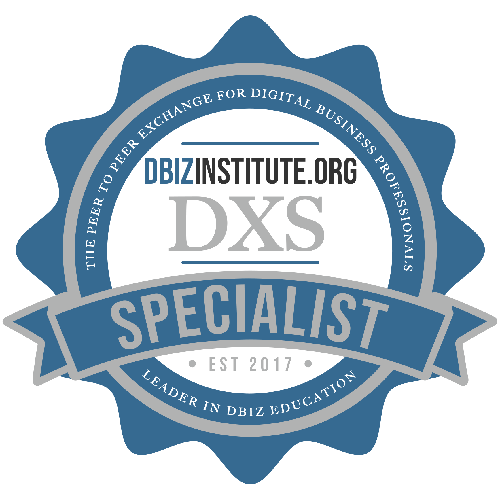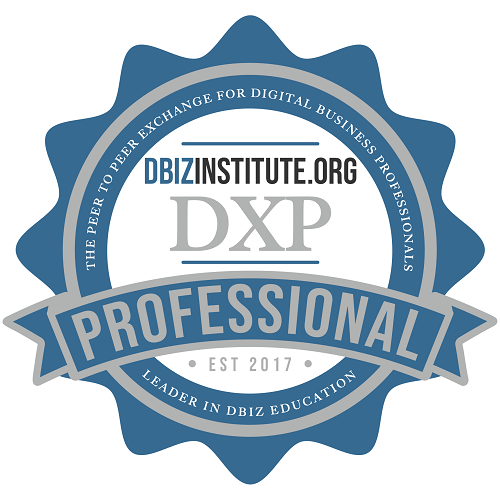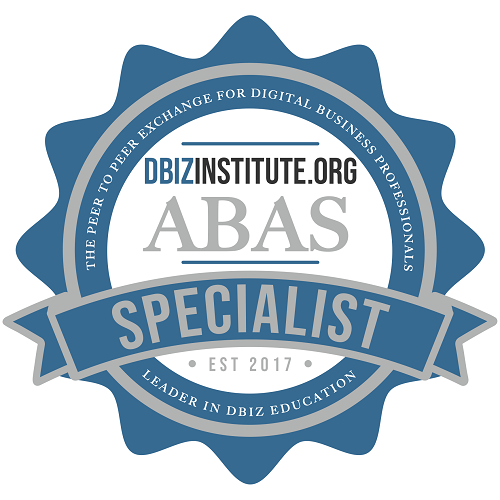Business Process Management (BPM) and Business Architecture are often regarded as separate disciplines, with their own methodologies, certifications, and professional communities. Yet when combined, they can form a powerful partnership—one that not only optimizes individual processes but aligns them with the overarching structure and strategy of the entire enterprise. If you’ve already gained experience in BPM and are exploring how Business Architecture can augment your efforts, this article is for you. We’ll explore how these two fields intersect, why they’re stronger together, and how to effectively integrate them for long-term organizational success.
Defining the Two Disciplines
- Business Process Management (BPM):
Focuses primarily on how work gets done. BPM practitioners map out workflows, identify bottlenecks, design improvements, and measure performance. The end goal is to make processes more efficient, consistent, and aligned with immediate business objectives. - Business Architecture:
Zooms out to the highest level. It’s about why the organization does what it does, who is involved, and what capabilities the business needs to fulfill its strategy. Business Architecture often includes frameworks like capability mapping, organizational structures, information flows, and governance models.
While BPM improves operational performance at the process level, Business Architecture ensures that each process—or set of processes—serves the bigger picture. By bridging these two perspectives, teams can ensure that process improvements contribute directly to strategic goals rather than existing in silos.
The Strategic Connection
At its core, Business Architecture provides a blueprint of the entire organization—covering capabilities, value streams, and essential business functions. BPM then “fills in” how those capabilities and value streams actually operate at the ground level. For instance:
- Strategic Priorities:
A Business Architecture exercise might reveal that to achieve a specific market expansion, the company needs a robust “customer onboarding” capability. BPM techniques then detail and optimize the onboarding process itself—how it works, who’s involved, and the KPIs to measure success. - Resource Allocation:
If a Business Architecture blueprint identifies a high-priority business capability that’s underfunded, BPM initiatives can be directed to streamline that area first—maximizing ROI and ensuring top-level commitments are met. - Impactful Metrics:
Business Architecture often defines success in strategic or high-level terms, like market share or customer loyalty. By mapping these goals down to the processes that directly affect them, BPM practitioners can identify and track operational metrics—like cycle times or error rates—that roll up to those broader outcomes.
Aligning BPM Initiatives with Business Architecture
- Use a Common Language:
While BPM might rely on notations like BPMN (Business Process Model and Notation), Business Architecture practitioners often work with capability maps or value streams. Establish a shared framework or glossary. For example, if a Business Capability is “Order Management,” a BPM project might break this down into specific sub-processes—order entry, order fulfillment, returns handling—ensuring everyone is speaking the same language. - Conduct Joint Discovery Sessions:
When exploring a new BPM project, invite Business Architecture colleagues to workshops. They can offer insights into how this process fits within the enterprise value chain, alerting you to potential dependencies or strategic mandates. Likewise, BPM discoveries about bottlenecks or inefficiencies can inform the broader architectural blueprint. - Prioritize Projects Based on Business Impact:
Not every process is equally crucial to achieving the organization’s goals. By referencing the Business Architecture model, you can focus on the capabilities most critical to strategic success—helping you channel time and resources where they matter most.
Overcoming Challenges
- Siloed Mindsets:
BPM teams and Business Architecture teams sometimes operate in separate corners. To fix this, cross-functional projects and shared success metrics can foster collaboration rather than competition. Leadership support in unifying these disciplines is key. - Differing Timelines:
Business Architecture decisions often play out over quarters or years, while BPM changes can deliver results in weeks. Striking a balance between short-term process improvements and long-term architectural evolution is essential. - Complexity Creep:
Large organizations might have dozens of processes that feed into a single business capability. Keeping alignment without overwhelming practitioners with detail can be tricky. Use hierarchical models—starting with high-level capabilities, then drilling into sub-capabilities and processes as needed.
Real-World Example
Consider a telecom company aiming to roll out a new 5G service. Business Architecture frameworks might outline the capabilities required: network infrastructure management, billing, customer support, and sales. BPM practitioners zero in on how each capability’s processes—such as network configuration or handling customer inquiries—actually run.
- By collaborating early, the BPM team learns from Business Architecture what the top priorities are (e.g., ensuring rapid activation, minimal downtime).
- Business Architecture benefits from BPM’s operational insights, revealing potential cross-departmental dependencies (like sales-to-billing handoffs) that might require architectural tweaks.
- The result is a synchronized effort: faster deployment, better customer experiences, and a clearer, enterprise-wide view of how processes support strategic expansion into 5G.
Benefits of the BPM-Business Architecture Partnership
- Strategic Consistency:
Each process improvement aligns with a defined capability or business outcome, minimizing the risk of “random acts of BPM.” - Enterprise-Wide Visibility:
Business Architecture offers a bird’s-eye view of all capabilities, ensuring BPM efforts don’t accidentally disrupt essential cross-functional workflows. - Enhanced Stakeholder Buy-In:
Linking process metrics to strategic objectives makes it easier to secure executive support and funding. Decisions are no longer just about operational tweaks; they’re about delivering on the business’s high-level mission. - Sustainable Improvements:
Because improvements are designed within the context of the organization’s architecture, they’re less likely to be undone by future reorganizations or changing priorities.
Business Architecture and BPM each offer unique advantages—one providing the strategic blueprint, the other delivering the tactical execution. When merged, they form a comprehensive approach that not only refines how individual processes function but also ensures those processes directly support the enterprise’s long-term goals. For advanced BPM practitioners, adding a Business Architecture lens can transform localized wins into sustained, organization-wide impact. By speaking a common language, prioritizing shared objectives, and collaborating on both strategic and operational levels, you’ll forge a synergy that propels your BPM initiatives—and your entire organization—to new heights.




